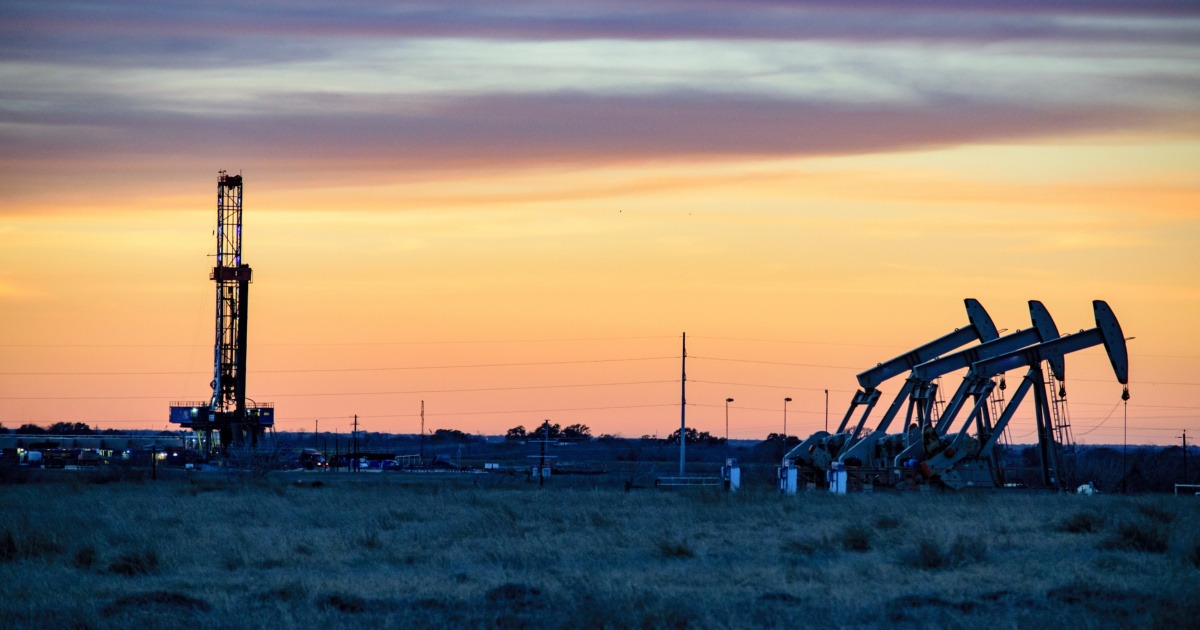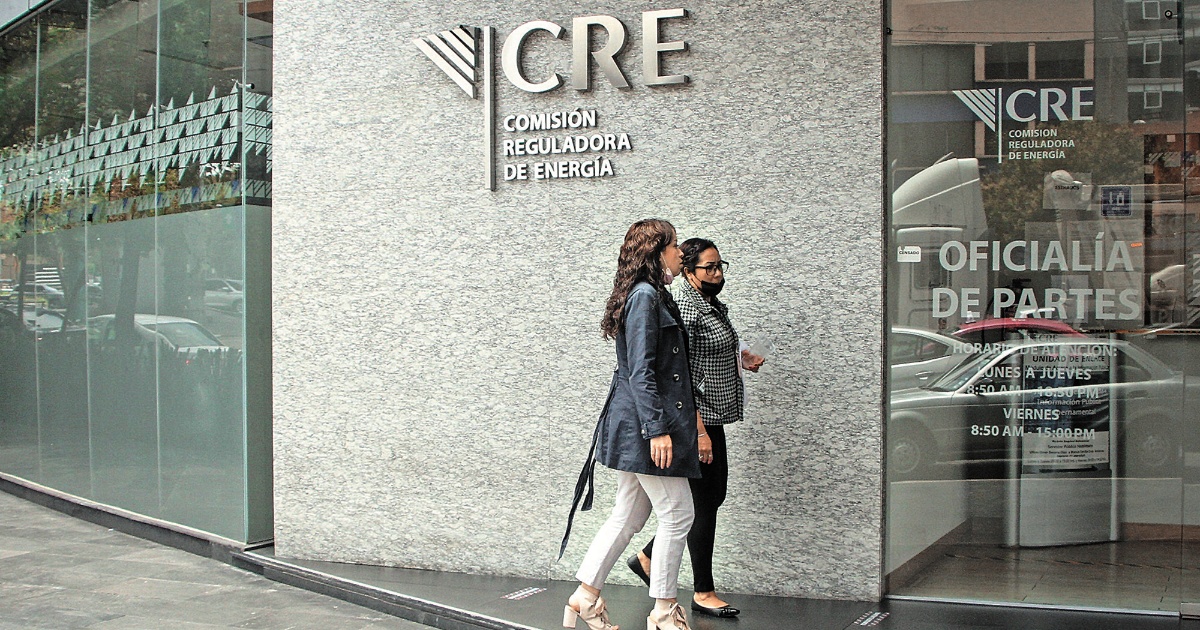Mexico is applying a strategy of contracting oil hedges that seeks to make its steps imperceptible in the markets to avoid the increase in the cost of this kind of insurance to shield the income generated by crude oil exports, said a high-ranking official.
Gabriel Yorio, undersecretary of Haciendaaffirmed that a couple of years ago it was decided to give a change of direction with respect to the methods applied by previous governments because in some way it alerted the markets to the movements of the country when buying options, in a predictable time .
“Several years ago there was a strategy that was done in a certain period … Two years ago we broke this strategy and now we trade the whole year,” the official told Reuters in an interview Wednesday afternoon at his office. .
Now we are giving points in the market so that it is not known if we are quoting or buying (…) The strategy is constantly being reviewed, we are putting quotes on a recurring basis precisely so that the counterparties do not read us,” Yorio said about the program, one of the largest in the world of its kind.
As on other occasions when he has been consulted on the subject, Yorio declined to comment on details about how many barrels they seek to cover by 2023, or how much the total coverage could cost. “We don’t like to talk about it because the market we operate in is very thin.”
The official ruled out press reports according to which the Treasury had already finalized the 2023 hedging program and that the price was 75 dollars per barrel, well above the 68.7 dollars foreseen by the Government in its budget project that is being discussed. by legislators.
“My goal is to cover the budget and shield it,” he said. “In the current context of geopolitical tension, the volatility of the oil price is very high and therefore the volatility of the premiums associated with the coverage is very high,” she added.
The last time Hacienda issued a statement about the hedging program was in 2020 for that fiscal year, but only said that it was locking in a price of $49 per barrel as budgeted and that it had purchased put options financed with the Budget Revenue Stabilization Fund (FEIP).
The second largest economy in Latin America, which produces some 1.7 million barrels per day of crude oil, usually invests some 1,000-1,200 million dollars annually in the coverage to protect your income from the sale of crude oil in the face of market volatility, according to official figures and officials.
The country received 2,380 million dollars in the fourth quarter of 2020 for coverage.
kg
hartford car insurance shop car insurance best car insurance quotes best online car insurance get auto insurance quotes auto insurance quotes most affordable car insurance car insurance providers car insurance best deals best insurance quotes get car insurance online best comprehensive car insurance best cheap auto insurance auto policy switching car insurance car insurance quotes auto insurance best affordable car insurance online auto insurance quotes az auto insurance commercial auto insurance instant car insurance buy car insurance online best auto insurance companies best car insurance policy best auto insurance vehicle insurance quotes aaa insurance quote auto and home insurance quotes car insurance search best and cheapest car insurance best price car insurance best vehicle insurance aaa car insurance quote find cheap car insurance new car insurance quote auto insurance companies get car insurance quotes best cheap car insurance car insurance policy online new car insurance policy get car insurance car insurance company best cheap insurance car insurance online quote car insurance finder comprehensive insurance quote car insurance quotes near me get insurance






:max_bytes(150000):strip_icc():focal(605x417:607x419)/Alabama-Woman-Forced-to-Attend-Jury-Duty-011725-tout-b-2583e44b563f4d4fbeec46beb0a5ee35.jpg)

